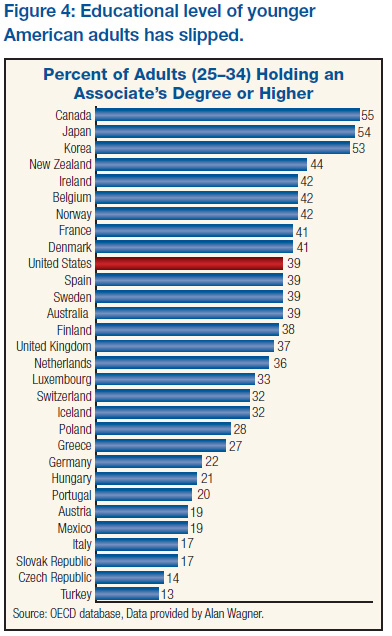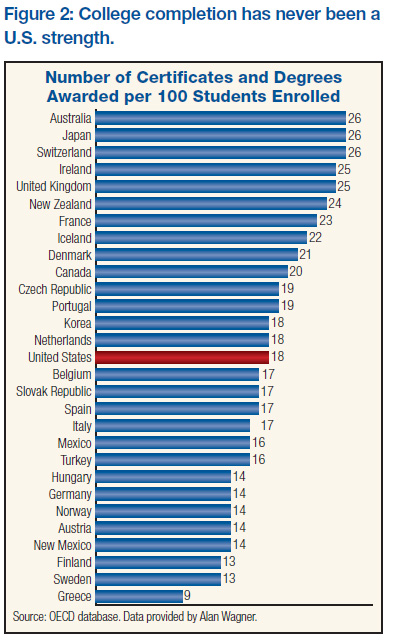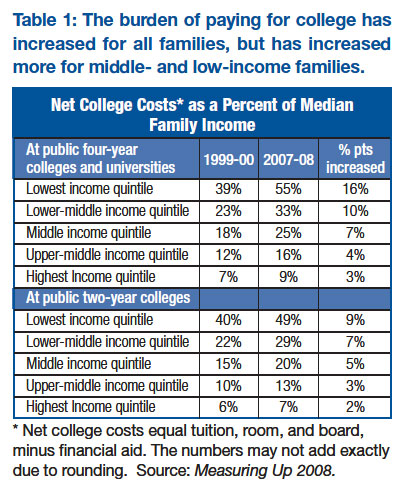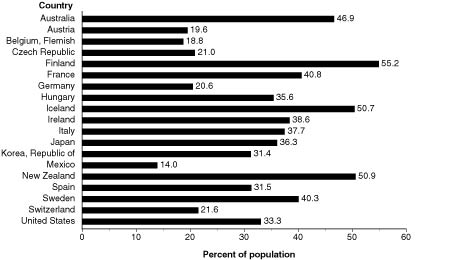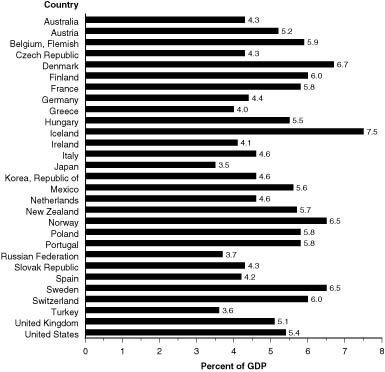The Christian Party website says:
“The question begs then, did the Supreme Court recognize the United States as a Christian nation? Well, in 1892 the US Supreme Court made this ruling in a case. (Church of The Holy Trinity vs. The United States.) ‘No purpose of action against religion can be imputed to any legislation, state or national, because this is a religious people. This is a Christian nation.’
To read the entire article, click on Building a Nation.
Archiving Early America discusses the same ruling:
“In the Supreme Court’s 1892 Holy Trinity Church vs. United States, Justice David Brewer wrote that ‘this is a Christian nation.’ Many Christians use this as evidence. However, Brewer wrote this in dicta, as a personal opinion only and does not serve as a legal pronouncement. Later Brewer felt obliged to explain himself: ‘But in what sense can [the United States] be called a Christian nation? Not in the sense that Christianity is the established religion or the people are compelled in any manner to support it. On the contrary, the Constitution specifically provides that ‘Congress shall make no law respecting an establishment of religion or prohibiting the free exercise thereof.’ Neither is it Christian in the sense that all its citizens are either in fact or in name Christians. On the contrary, all religions have free scope within its borders. Numbers of our people profess other religions, and many reject all.’
To read the entire article, click on Christian Sources.
American Vision did a reprint of David J. Brewer’s book (David J. Brewer. Philadelphia, Penn.: John C. Winston, Co., 1905; reprint Atlanta, Ga. American Vision, 1996.) The book comprises a series of three lectures, including the quotes above from the Christian Party website and Archiving Early America website. As Archiving Early America mentioned, the quotes are not from official Supreme Court rulings. In addition, David J. Brewer’s father was a Christian missionary. Daniel L. Dreisbach from the Journal of Church and State mentioned a couple of passages from David. J. Brewer’s book:
- “American citizens, in short, are under no obligation to conform to Christian institutions and ordinances (p. 38).”
- “Given Christianity’s salutary influence, he concluded, every citizen and the nation as a whole has a duty to uphold and extend its influence (p. 44).”
To read the entire article, click on The United States: A Christian Nation.

